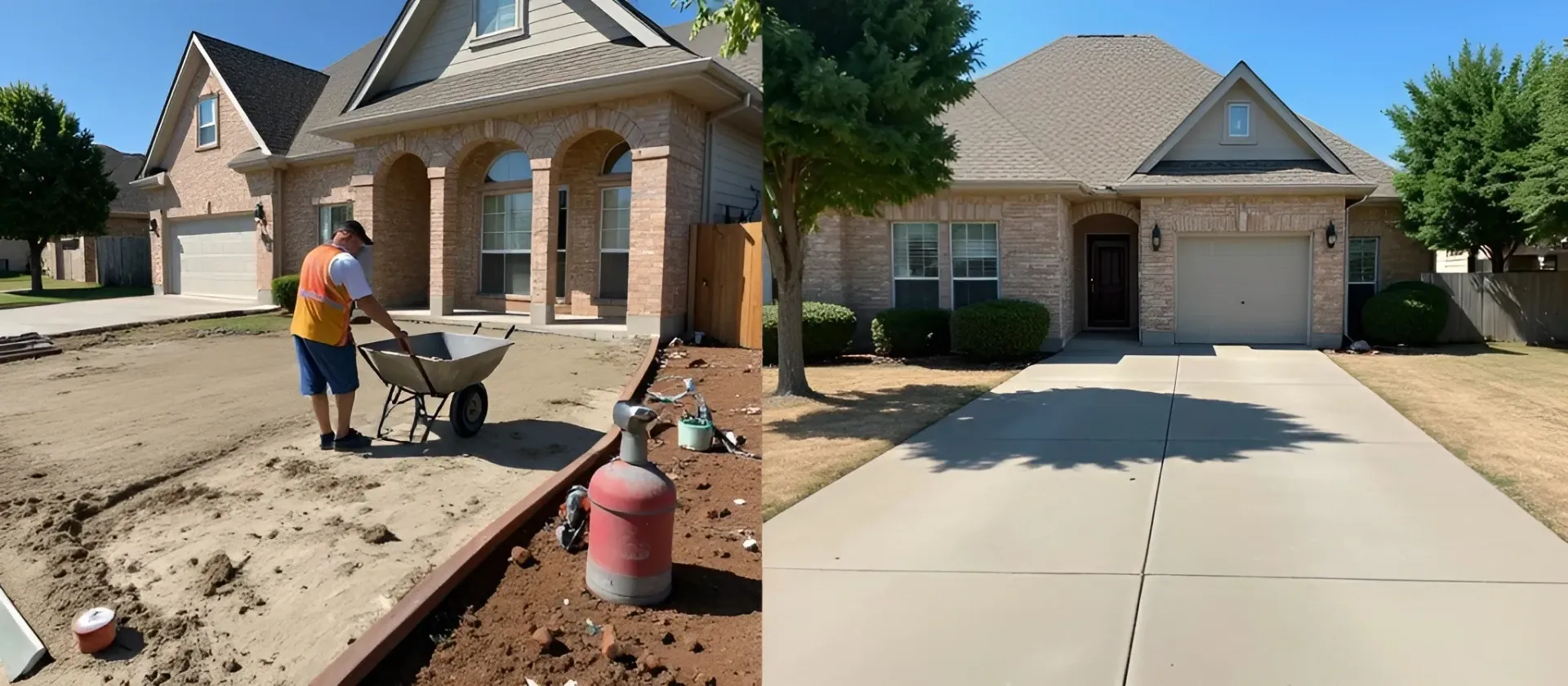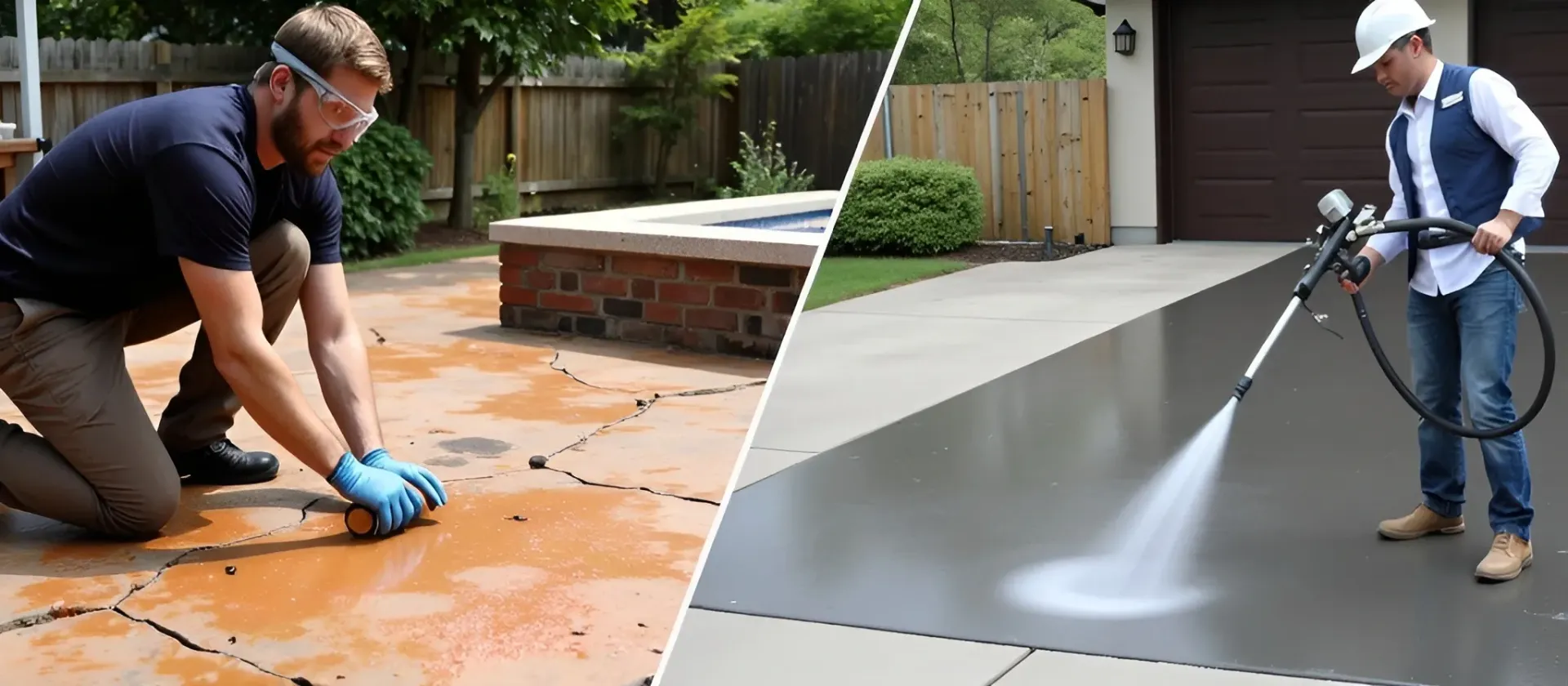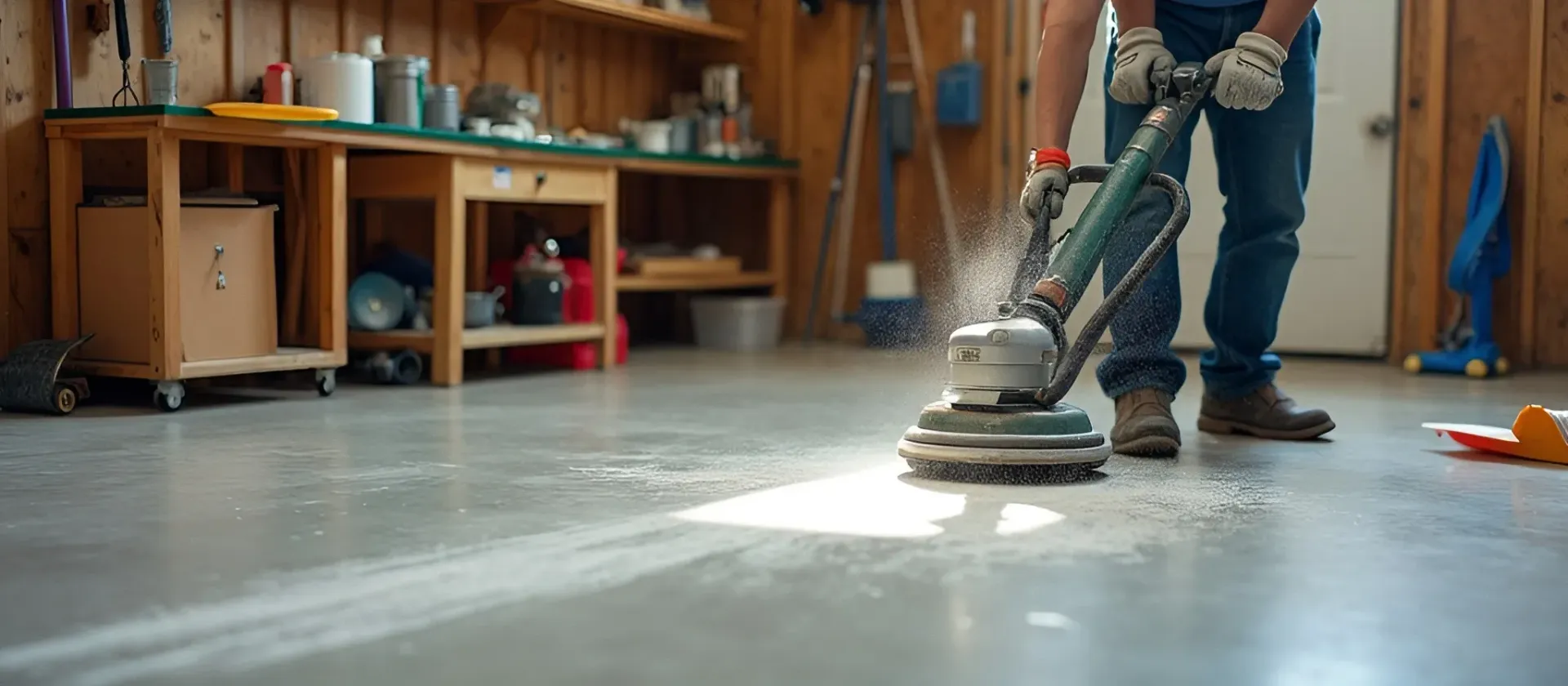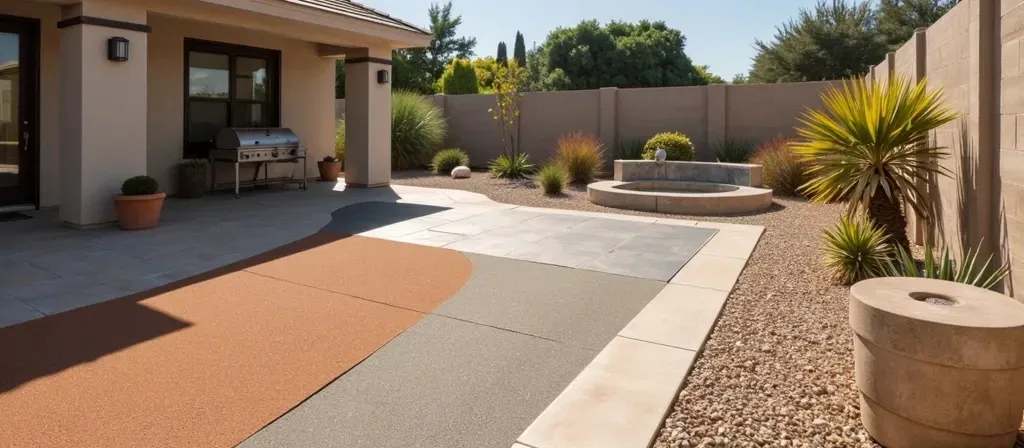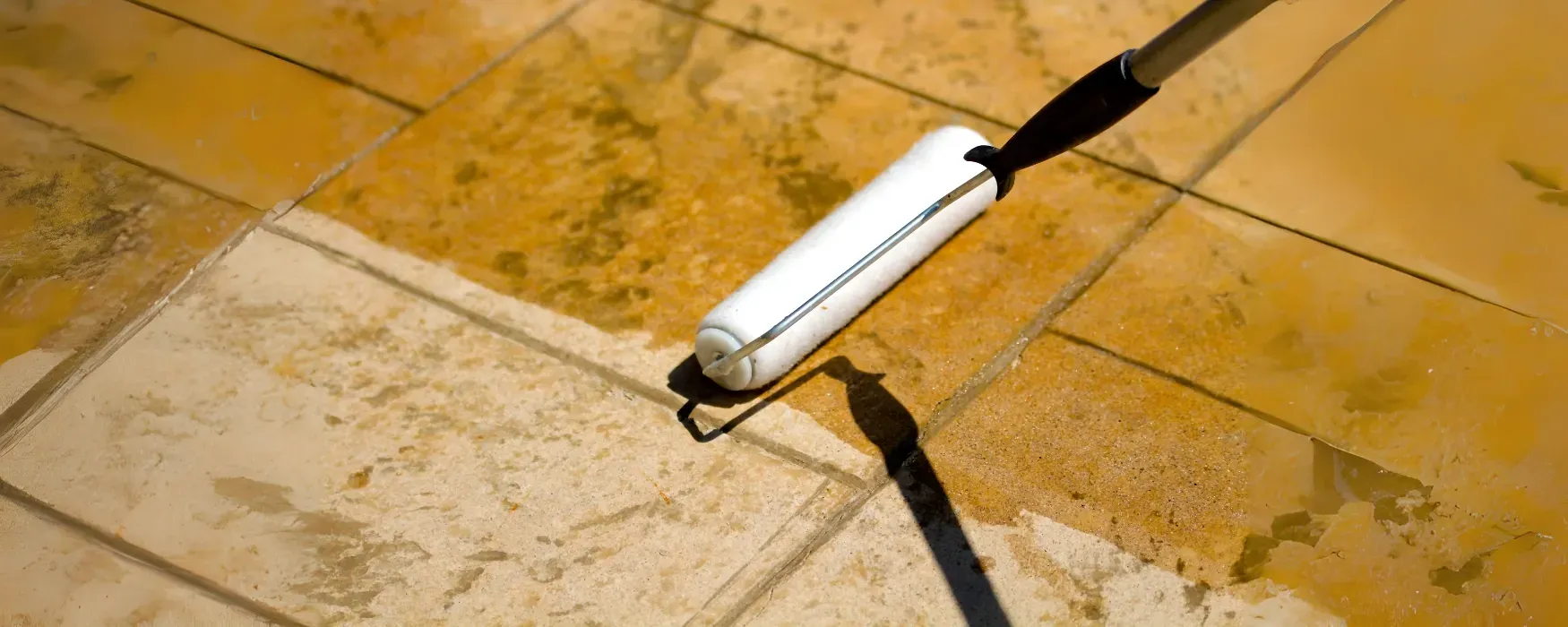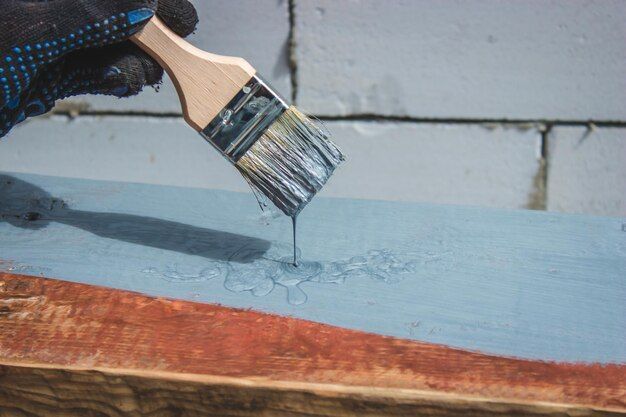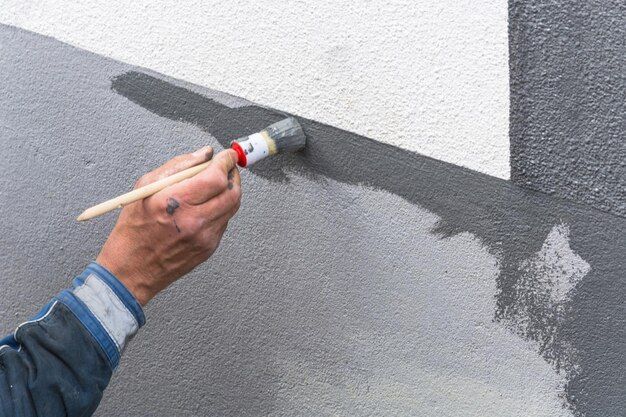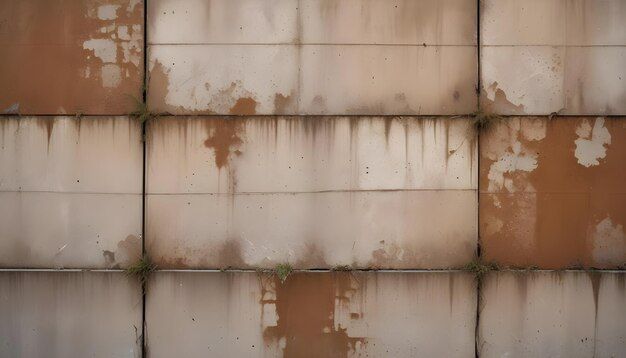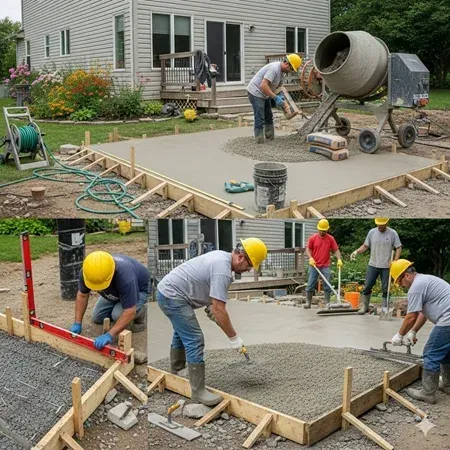
Reinforced concrete decks are becoming extremely popular among residents. This is because, as compared to wood decks, they require extremely minimal care.
In fact, the concrete blocks used to build the decks are nearly maintenance-free, requiring only an infrequent spray-down with a standard garden hose.
So, if you’re also considering having a concrete deck in your home, then keep reading. Here’re the 11 steps to make a concrete deck easily:
Design Your Deck & Set Your Budget
To gain information, you can look at photographs online and comment with specialists at a supply store.
Your budget will also determine the material you use, the size of the interface, as well as the types of add-ons you select.
Set the Accounting Board
The horizontal wooden component joins to the existing wall of your living space to give security for the deck.
The volume you need will be determined by the size of your deck. For a 24′ by 14′ interface, you will need a larger 2′ x 12′ book, among other items. Make sure the larger book's board is properly placed by using bolts rather than screws.
Excavate the Deck Bases
Demarcate the higher interface shoes with a string. For a normal cover, four pads are necessary.
Make each shoe 12 inches broad and 48 inches deep to go underneath the frost limits. This is important in colder areas where you have to know how deep your soil will go over the cold weather.
Mix and Pour the Precise
You can pre-mix the precision using a tiny cement mixer or mix the proper proportion in a wheelbarrow using precision sacks you purchased when you collected your ingredients. This process will take exactly 48 hours.
Prepare and Reinforce the Temporary Posts
When the precision has dried, strengthen the posts with beams or edge beams for additional protection. Add beam supports to the internal sections after the beams or edge beams have been installed.
Install Permanent Joists & Interface
The joist hooks will increase the heavy loads of your interface. To keep the joists from bending, reinforce them using woodblocks cut from the same size wood material as the joists (blocking).
Collect the interface boards and begin to arrange them (temporary) in the center of the interface. Attach the first-row perpendicular to the beams on the rafter using deck screws.
Prepare the Stairs for the Elevated Interface
For the base of the steps, you'll have to pour a concrete interface. Make a foundation for a post to carry the higher staircase platform and four footings.
So you can maintain the stairs in place, based on the volume of your interface. You might have a stair that runs directly down to the floor or one that rotates 90 degrees.
Install Post Anchors
Using a heavy-duty hammer drill, secure the post anchors to the interface shoes. The installation of these anchors will maintain the steps stable and secure.
Framing and Fastening
With the majority of the components in place, it's time to begin joining them all. Set the landing composition once you've placed your posts and kept them upright.
Put the beams' interface once your posts are straight and the landing frame is in position.
Build the Staircase Sections
A rung of a ladder is the section of a staircase that you walk on. A crossbar is a broad board that extends at an angle and helps the ladder's steps on every side - calculations are important for ladders and stringers to stay within code standards.
Install Stair Rails & Interface Rails
Stairs must have handrails to meet building requirements and safety norms. The least height requirement is 34 inches. You can attach the post to the riser or the bar at the bottom and top.
Measure the position of the railing posts and height to ensure that they are under the authorized drawings/creation codes. The posts can have a 4 to 8-foot divide with a rail length of 36 to 42 inches, depending on the size of your interfaces.
At
Fort Worth Concrete Contractors, we provide quality concrete at a reasonable rate. Don't accept mediocre concrete work; instead,
call us to complete the job properly in the first place.
